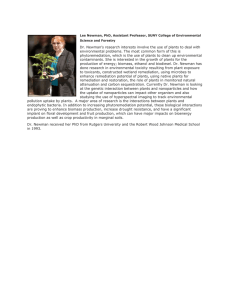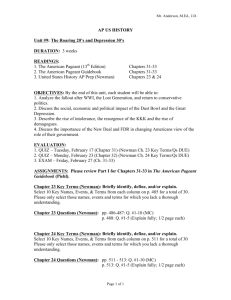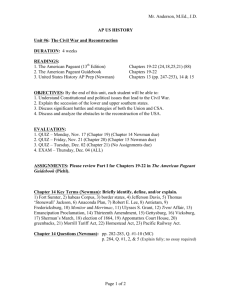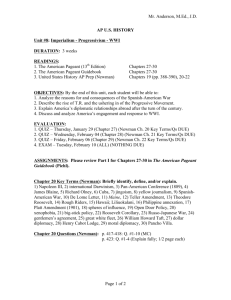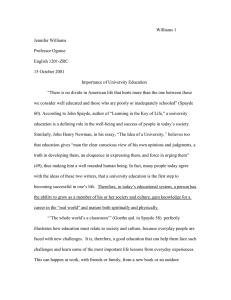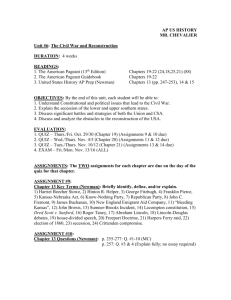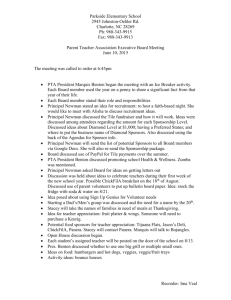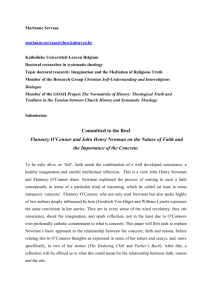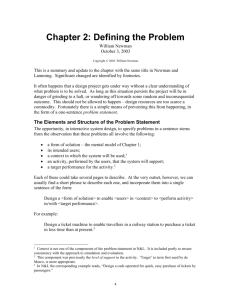Transportation and City Form
advertisement
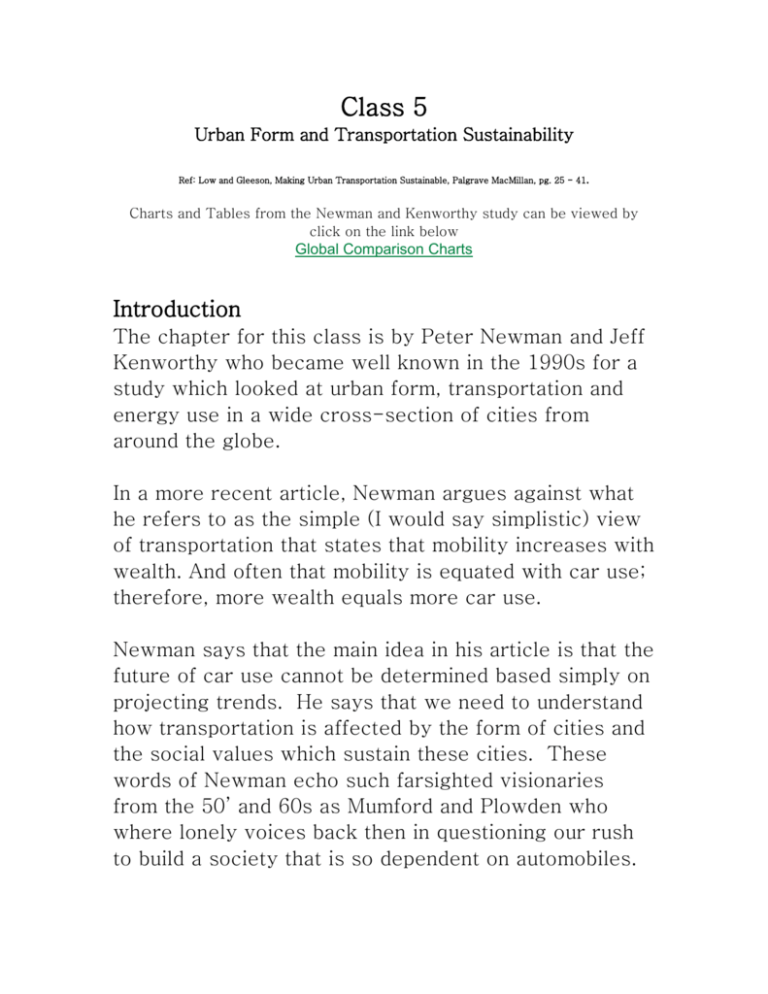
Class 5 Urban Form and Transportation Sustainability Ref: Low and Gleeson, Making Urban Transportation Sustainable, Palgrave MacMillan, pg. 25 - 41. Charts and Tables from the Newman and Kenworthy study can be viewed by click on the link below Global Comparison Charts Introduction The chapter for this class is by Peter Newman and Jeff Kenworthy who became well known in the 1990s for a study which looked at urban form, transportation and energy use in a wide cross-section of cities from around the globe. In a more recent article, Newman argues against what he refers to as the simple (I would say simplistic) view of transportation that states that mobility increases with wealth. And often that mobility is equated with car use; therefore, more wealth equals more car use. Newman says that the main idea in his article is that the future of car use cannot be determined based simply on projecting trends. He says that we need to understand how transportation is affected by the form of cities and the social values which sustain these cities. These words of Newman echo such farsighted visionaries from the 50’ and 60s as Mumford and Plowden who where lonely voices back then in questioning our rush to build a society that is so dependent on automobiles. Newman believes that the guiding question for urban development is whether or not we are making the city more autodependent. His definition of autodependency is interesting. He considers a city autodependent if a thirty minute average journey to work is attainable only by car. Why thirty minutes? Well the thirty minutes is derived from the idea that there is a travel time budget for travel to work that has remained essentially constant throughout the course of history. This constant travel time budget is about 30 minutes and is some times referred to as the Marchette Constant. This constant explains why the form of cities has changed so radically as transportation technology has evolved. For example, cities based on walking typically extend no more that 5 – 8 kilometers from the center, cities based on transit may go out 20 to 30 kilometers with the shape determined by the specific nature of the transit, and cities based on the automobile may extend out more that 50 kilometers in all direction. This supports Alex Marshall’s contention that the city is shaped by the transportation system and that the auto scatters development over the countryside. Newman points out that ‘sustainability’ is part of a new paradigm in setting the direction for technological and social interaction. Sustainability is ultimately about network thinking as it integrates natural, financial and social capital. In other words, our value system is changing and so is our attitude towards technology including transportation. These changes are being accelerated as we bump up against the limits of our autodependent cities. The basic problem is that it is no longer possible to satisfy the 30 minute travel time budget in our sprawling urban centers. The additional problem is that the roads and highways have reached there carrying capacity and there is no socially acceptable way to expand them further. Newman reminds us that for the same space the capacity of different types of transportation technology is as follows: highways carry 2,500 person/hour/lane, buses carry 7,000 person/hour, and trains carry 50,000 persons/hour. He fails to mention walking which is by far the most space efficient means of transportation. Newman argues that these time-space limitations mean that emerging, dense 3rd World cities are unlikely to become as car dependent as 20th Century American cities. Another limiting factor on these emerging cities is cheap fossil fuel which has feed the growth of autodependent cities over the last 60 years. We are unlikely to have cheap fossil fuel going forward into the next few decades. Therefore, Newman sees a convergence of factors leading us away from autodependency. In Newman’s optimistic outlook he does not necessarily see this as a problem as he points out that fuel use (and auto use) is not necessarily related to wealth. He points to a number of Wealthy European and Asia cities where per capita energy use is relatively low. His view is that we can build cities that are more livable, more efficient and that satisfy the time budget constraints. Cities like Phoenix and Houston are much more exposed to future shocks because of their basic make-up requires huge quantities of energy. One of the changes that he sees that is needed is for cities to re-concentrate. He points to Sydney and Melbourne as cities that are well on the way to re-structuring themselves along these lines.
